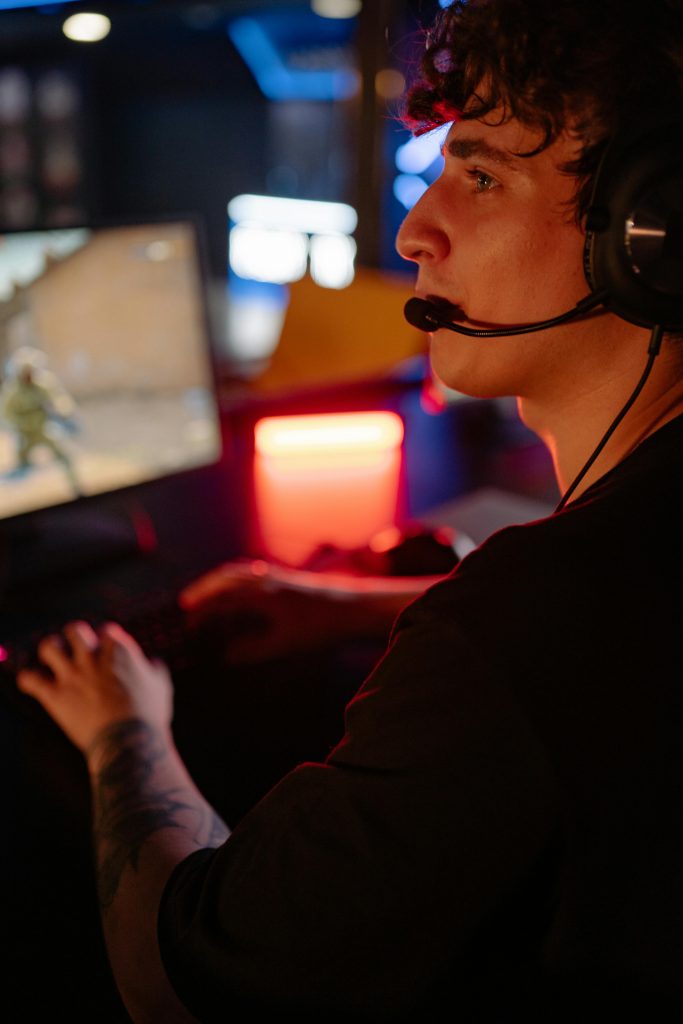Understanding and Resolving Mouse Freezing and USB Device Disconnection Issues in Windows 10 Gaming Systems
Introduction
Gamers often encounter perplexing hardware and software issues that can significantly impact the gaming experience. Among these, mouse freezing and recurring USB device connection alerts are particularly disruptive. This article explores a common scenario where a Windows 10 system experiences mouse freezes during gameplay, accompanied by constant “USB device connected/disconnected” sounds, and occasional hardware anomalies such as a disappearing D drive. We will examine potential causes and provide effective troubleshooting strategies to resolve these issues.
System Specifications and Symptom Overview
The described system comprises:
- Operating System: Windows 10
- Graphics Card: AMD Radeon RX 6600
- Peripherals: Logitech G432 headset, Logitech mouse
- Notable Symptoms:
- Mouse ceases to respond after 5-10 minutes of playing certain games (e.g., CS2, Dota 2)
- Continuous “USB device connected/disconnected” sounds looping at approximately one per second
- D drive temporarily disappears until reconnected via SATA cable
- Occasional system crashes or file system damage when shutting down during the issue
Additional observations indicate that:
– The problem occurs predominantly during gaming sessions but not exclusively.
– Keyboard and audio functions remain operational.
– RAM utilization tends to be high during incidents.
Troubleshooting Steps and Strategies
-
Software Driver Management
-
Update or Roll Back Drivers: Ensure all relevant drivers—USB controllers, GPU, motherboard chipset—are up to date. Sometimes, recent updates can introduce conflicts; reverting to previous versions may help.
-
Driver Reinstallation: Completely uninstall AMD Radeon drivers using the AMD Cleanup Utility, then allow Windows to reinstall generic drivers. This can resolve conflicts caused by corrupted driver files or incompatible updates.
-
Peripheral Drivers: Remove any vendor-specific software such as Logitech G Hub or older Logitech Gaming Software to eliminate potential software conflicts. After uninstalling, test the system with minimal peripheral management software.
-
Hardware Connections and Physical Checks
-
USB Ports and Devices: Test peripherals across different USB ports, especially switching between USB 2.0 and USB 3.0 ports, to identify faulty ports.
-
Headset Connection: Since testing with the analog headset jack did not resolve the issue, focus on USB connections for peripherals.
-
Storage Devices: Reconnect the SATA cable for the D drive securely. If the
Share this content:



